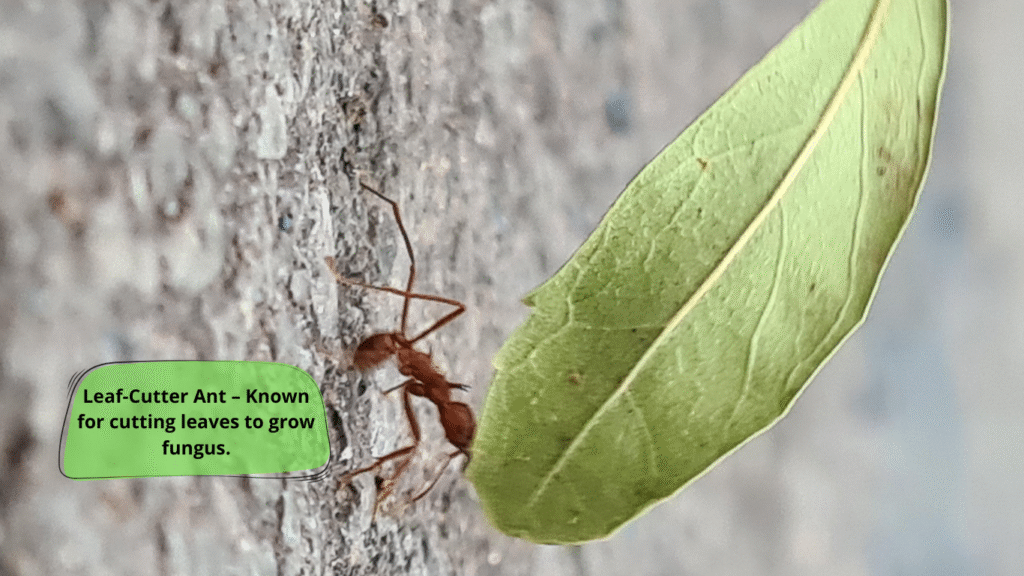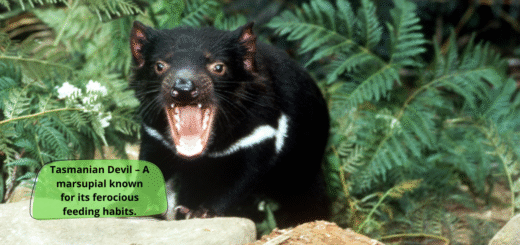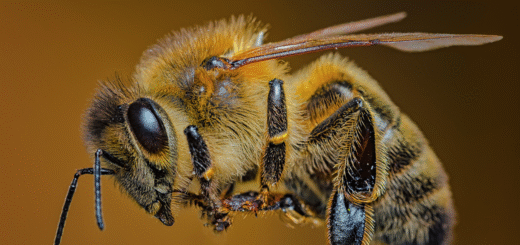Leaf-Cutter Ants: Nature’s Tiny Farmers of the Tropics
Leaf-cutter ants are among the most fascinating and industrious insects in the world. Native to Central and South America, these tropical ants are known not for eating leaves—but for harvesting them to grow fungus, their primary food source. In this article, we’ll explore the world of leaf-cutter ants, how they build their colonies, farm fungus, and impact the ecosystems around them.

What Are Leaf-Cutter Ants?
Leaf-cutter ants belong to two genera, Atta and Acromyrmex, and include over 40 species. Unlike many ant species, leaf-cutter ants are agricultural specialists. They are often seen carrying pieces of leaves many times their own body weight back to their nests. These ants don’t eat the leaves; instead, they use them as compost to cultivate a special kind of fungus that serves as their food.
How Do Leaf-Cutter Ants Farm Fungus?
Leaf-cutter ants are often called fungus-farming ants because of their unique symbiotic relationship with a specific species of fungus. Here’s how the process works:
- Leaf collection – Worker ants cut fresh vegetation and transport it back to the nest.
- Fungus cultivation – Inside the underground nest, the leaves are chewed into a pulp and used to fertilize fungus gardens.
- Fungal growth – The cultivated fungus thrives on this leaf matter, forming a white, spongy network.
- Feeding – The ants feed exclusively on the nutrient-rich fungal mycelium.
This agricultural system is millions of years old and is one of the most sophisticated examples of mutualism in the animal kingdom.
Leaf-Cutter Ant Colony Structure
A single leaf-cutter ant colony can contain up to 8 million individuals and stretch over 30 meters underground. These colonies are organized into a highly efficient caste system:
- Queen – The largest ant, she lays all the eggs—sometimes thousands per day.
- Workers – Divided into minor, media, and major workers, each with different tasks.
- Soldiers – Protect the colony from predators like anteaters and other insects.
Each ant has a job, and together, they create a self-sustaining superorganism capable of incredible feats of organization and cooperation.
Ecological Impact of Leaf-Cutter Ants
Leaf-cutter ants may be small, but they have a big impact on their environment. By harvesting vast amounts of vegetation, they shape plant communities and contribute to nutrient cycling in tropical forests. Their underground tunnel systems aerate the soil and support biodiversity.
However, in agricultural areas, they can become pests by stripping crops and damaging plantations. Farmers must often develop sustainable ways to manage these industrious insects without harming the surrounding ecosystem.
Fun Facts About Leaf-Cutter Ants
- They can carry 20 to 50 times their body weight.
- A colony can defoliate an entire tree in a single night.
- Leaf-cutter ants have been practicing agriculture for over 50 million years, long before humans.
- Their nests can have thousands of chambers for fungus farming and raising young.
Why Are Leaf-Cutter Ants Important to Study?
Studying leaf-cutter ants provides insight into social evolution, biomimicry, and sustainable agriculture. Their cooperative behavior and complex farming techniques continue to inspire scientists and engineers in fields ranging from robotics to microbiology.
Conclusion
The leaf-cutter ant is more than just a tropical insect—it’s a marvel of nature’s engineering. From their intricate social structures to their innovative farming techniques, these tiny creatures have a massive ecological footprint. Whether you’re a nature lover, a scientist, or just curious, there’s no denying that the world of leaf-cutter ants is worth exploring.








